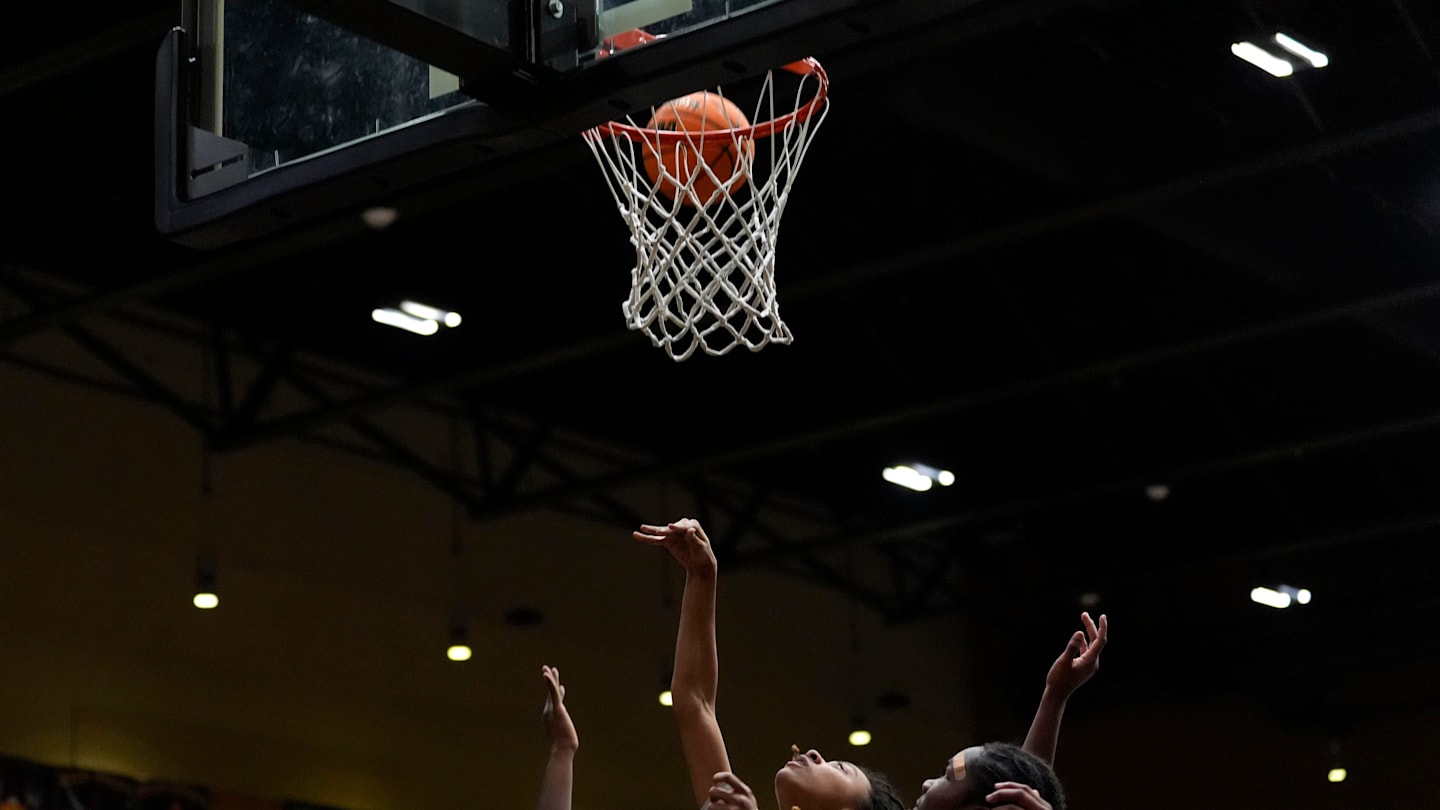The Changing Game: How Tech is Transforming Sports Entertainment

Baseball, often called “America’s pastime,” began in 1846 in a small corner of Hoboken, New Jersey. At the time, players and fans could scarcely have imagined the far-reaching impact the game would eventually have. Nearly two centuries later, baseball has transformed into a cornerstone of American culture, growing into a multi-billion-dollar industry that drives not only entertainment but also significant economic and social influence. Now, AI is helping the game grow even further.
“Many citizens make their living off baseball without ever playing it, simply existing in tandem with the sport,” says Christian Perry, CEO of Undetectable AI, to Sports Illustrated. “In the same way, AI technology operates behind the scenes, transforming industries without taking center stage.” Perry’s efforts are one of many who are hoping to help sports evolve into unprecedented industries thanks to technologies like AI, which are redefining how traditional sports connect with modern audiences.
Baseball, particularly the MLB, has already shown how AI technologies have bettered the sport in 2025: A pitcher winds up and delivers—and before the ball crosses home plate, artificial intelligence has already calculated its precise trajectory, spin rate, and probable location, feeding this data to broadcasters and analysts in real-time. Meanwhile, facial recognition algorithms track crowd movements in the stadium’s operations center, optimize concession stand staffing, and monitor for security threats. The game itself has become a kind of cybernetic performance, each play instantly quantified, analyzed, and processed by machines that never tire or blink.
The use of technology in baseball has evolved significantly in recent years, with various advancements aimed at enhancing player performance and safety. At the core of this transformation, teams are employing sophisticated tools to analyze player movements, helping to optimize training and prevent injuries. For example, the Cleveland Guardians track players’ sleep patterns, while the Chicago Cubs monitor fatigue levels. These technologies are increasingly being used to safeguard players’ health and improve overall performance.
The NBA has introduced partially automated officiating to reduce human error in its games. This system aims to enhance the accuracy of calls, relying on technology to assist referees in making more precise decisions. The move reflects a broader trend in sports, where traditional uncertainties are increasingly being replaced by data-driven methods, offering a more scientific approach to officiating and game analysis.
Such advances are already proving to work. For example, the Golden State Warriors’ virtual reality training systems and the NFL’s sophisticated game film analysis platforms demonstrate how much these advanced technologies can change the game.
Evolving technology has also fundamentally augmented how spectators watch sports. One of the most profound transformations is how we view and consume sports. Each viewer experience is now filtered through personalized content streams, automated highlight reels, and predictive analytics that tell us what to watch for before it happens. The entire nation is no longer watching the same game simultaneously; most are viewing post-media coverage and highlight reels, all made possible by the same tech changing the sports arena.
Related
Sports Medicine Report: Sporting heads east to take on D.C.…
Sports Medicine Report is SportingKC.com’s look at the latest health update around the team ahead of upcoming matches and is pre
😔 João Palhinha’s Bayern Munich nightmare continues
João Palhinha's 2024/25 season has been marred by injury and the Portuguese midfielder had another setback against Bochum.Palhinha was sent off in the 43rd min
Which baseball player could excel at another sport? MLB player…
MLB.com and its beat writers surveyed over 100 players asking them which MLB player would excel at another sport and two Cincinnati Reds players ranked in the T
Raiders had no interest in Aaron Rodgers
When tracking down the details of the Raiders’ latest contract with Maxx Crosby on Thursday, I had a question for our sou











